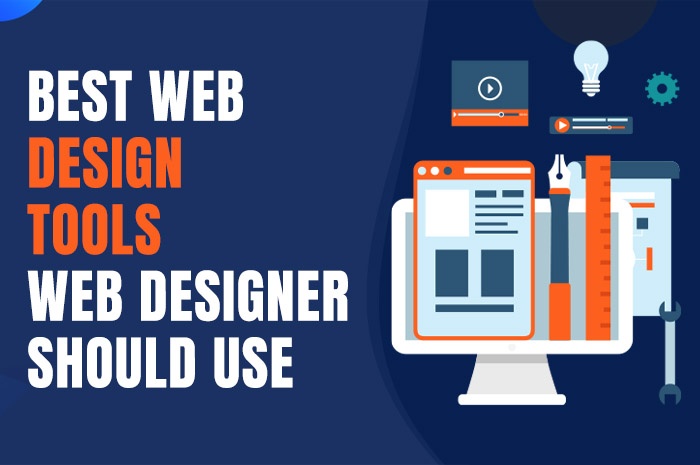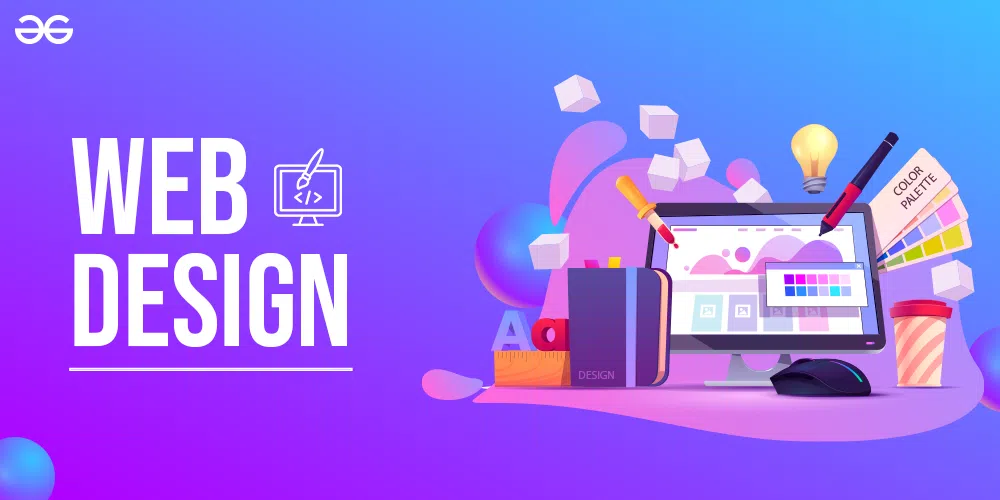Exactly How to Utilize Website Design Principles to Boost Your Website's Engagement
In the affordable electronic landscape, the capability to mesmerize and preserve visitors rests on applying efficient web style principles. Focusing on a smooth individual experience while making sure availability can considerably improve involvement. This involves refining navigation structures for intuitive browsing, optimizing websites for mobile responsiveness, and using aesthetically engaging components. The strategic use of color and typography further improves the individual's journey, creating an inviting and interactive atmosphere. As we explore these concepts further, think about exactly how each component can transform an easy go to right into an interesting communication, opening the potential to boost your site's impact.
Enhancing Navigation Structure
A well-structured navigating system is crucial for optimizing customer interaction and making certain a seamless surfing experience. It works as the backbone of any website, directing customers with content successfully while minimizing the cognitive tons related to locating details. Efficient navigating style is not merely regarding looks however involves a critical arrangement of elements that advertise availability and ease of usage.
To improve navigation framework, one should prioritize simpleness and clarity. A chaotic menu can bewilder users, possibly driving them away. Categorizing material right into user-friendly and logical groups makes certain individuals locate what they are searching for with marginal effort. Carrying out a constant navigation scheme across all pages fosters familiarity and urges extended interaction.

Optimizing Mobile Responsiveness
With the increasing frequency of mobile gadgets, optimizing mobile responsiveness is essential for maintaining individual interaction and fulfillment. As more customers access sites by means of smart devices and tablet computers, guaranteeing your site is mobile-friendly is not simply advantageous-- it's essential.
Employ CSS media inquiries to ensure layout aspects adapt to different display sizes. Additionally, think about optimizing photos and media to lower tons times, which can significantly impact customer retention on mobile platforms.
A key element of mobile responsiveness is ensuring that web content stays accessible and understandable. Use bigger font styles and concise text to boost readability on smaller screens (Fort Worth Web Design). Regularly evaluating your website on various gadgets and browsers aids identify prospective concerns and refine individual experience. By focusing on mobile responsiveness, you satisfy a wider target market, eventually increasing involvement and driving site success.
Crafting Compelling Visuals
Captivating visuals are the cornerstone of engaging web layout, seamlessly drawing customers into the website's narrative and enhancing their overall experience. They offer an immediate aesthetic impact that communicates the brand name's identification and message, promoting a link in between the material and the individual. To accomplish this, visuals have to be attentively crafted and purposefully positioned to direct customers' interest without frustrating them.
High-quality images and graphics need to be made use of to develop a visually attractive setting that urges exploration. This involves choose visuals that are not just cosmetically pleasing but also relevant to the web content, guaranteeing they add worth as opposed to function as plain design. Integrating custom pictures or infographics can likewise boost understanding, as they simplify intricate info and make it much more absorbable.
In addition, the integration of multimedia components such as videos and computer animations can even more improve the individual experience. These dynamic visuals record attention and can properly show products or tell stories, making the content a lot more unforgettable. It is crucial to balance these aspects to preserve a natural design that supports the website's purposes. By focusing on compelling visuals, web developers can significantly elevate user engagement, eventually resulting in greater retention and conversion rates.
Utilizing Strategic Color Usage
Integrating color purposefully is a basic element of website design that enhances compelling visuals in captivating individuals. Color not only improves aesthetics yet additionally plays an important duty in guiding individual habits, developing brand identity, and stimulating psychological feedbacks. By understanding color concept and psychology, his explanation internet designers can produce a interesting and unified individual experience that retains visitor passion.
To utilize color effectively, consider the psychological impact each tone may communicate. Uniformity in shade combinations throughout a website helps strengthen brand recognition and individual knowledge.
Comparison is another crucial consideration. High comparison between background and message colors enhances readability and availability, ensuring that web content is conveniently absorbable for all customers. Additionally, accent colors can be tactically used to draw attention to crucial elements such as call-to-action buttons or important alerts, boosting user communication and conversion rates.
Eventually, a well-balanced color technique not only boosts visual charm yet additionally significantly adds to a site's overall involvement, leading customers without effort with their on the internet trip.
Improving Typography Selections
Typography functions as the backbone of website design, greatly influencing individual interaction and the general visual of a site. Efficient typography boosts readability and cultivates a seamless individual experience, encouraging site visitors to discover content better. To optimize typography choices, web developers must consider aspects such as font selection, dimension, line spacing, and color comparison.
Selecting the right typeface is essential, as it communicates your brand name's individuality and tone. Sans-serif typefaces such as Arial and Helvetica offer contemporary quality, while serif font styles like Times New Roman share standard professionalism. Combining font designs can create aesthetic power structure, guiding customers' focus to key info. It is necessary to restrict font variants to preserve a cohesive appearance.
Font size and line spacing likewise play a crucial duty in readability. Typically, a minimum font size of 16 pixels is advised for body text to guarantee ease of checking out across tools. Adequate line spacing, generally 1.5 times the font style size, prevents text from showing up confined.
Last but not least, color comparison between message and history is basic for availability. Tools like the Web Content Ease of access Guidelines can help validate that comparison degrees meet recommended standards, ensuring material is easily accessible to all individuals.
Conclusion

As more customers gain access to internet sites using tablets and smartphones, guaranteeing your site is mobile-friendly is not simply advantageous-- it's necessary. On a regular basis checking your site that site on various gadgets and web browsers aids identify prospective problems and refine customer experience.Captivating visuals are the foundation of involving web design, effortlessly drawing users into the website's get redirected here story and enhancing their overall experience.Typography serves as the foundation of internet style, exceptionally affecting individual interaction and the overall aesthetic of a website.Integrating effective web layout concepts dramatically boosts site involvement by concentrating on individual experience and accessibility.